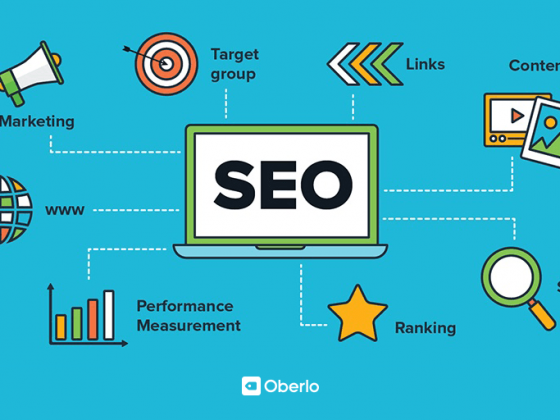An embedded system is a specialized computer system that performs a specified purpose in electrical, mechanical, and electronic equipment by mixing hardware and software.
They’re made to work with little to no human intervention and to finish jobs as quickly as possible. Healthcare, life sciences, military and defence sectors, industrial automation, and other industries may all benefit from embedded systems.

1. Simple to use
General-purpose embedded systems are simple to handle. These gadgets need minimal maintenance since the materials used to build them are inexpensive and long-lasting.
If your company depends on embedded systems, consider enlisting the expertise of an engineering firm with vast experiences, such as ADL Embedded Solutions, to help maintain or resolve any issues that develop. The engineer may assist in troubleshooting any software-related difficulties since the complexity of embedded systems varies depending on the software utilized.
2. Reliable performance
An embedded system’s performance is influenced by a number of elements. To maximize a system’s performance, developers must meet non-functional constraints such as execution time, energy usage, and memory capacity. The performance of an embedded system is influenced by design scalability and other performance parameters. Embedded systems that only have one duty to fulfil are quick and dependable.
3. They are of lower stature.
Embedded systems are smaller than typical computers, which means they take up less room and are more portable. Embedded systems use less electricity than bigger systems due to their compact size.
Furthermore, since the system has fewer parts to maintain, they load quicker. It also provides a manufacturer’s flexibility since enormous numbers may be produced. It’s worth noting that the quicker the load time is, the smaller the embedded system is.

4. Hardware advantages and cost-efficiency
The embedded system hardware has the benefit of requiring little modifications, such as extra memory or storage, making it appropriate for any device of any size. Furthermore, the end-user does not need physical access to the embedded device. The hardware is less expensive since embedded systems are developed for specialised purposes. Despite the lower cost of the hardware, the system’s quality and performance remain excellent.
5. It has military uses and may be utilised in mobile robots.
The popularity of mobile robots is growing since they are an excellent tool for engineering education. Because mobile robots were previously controlled by big, costly, and heavy non-portable computer systems that could only be connected through cables, this is no longer the case. Developers may, however, create miniature mobile robots with several sensors that are controlled by small light embedded computer systems. Some military applications, such as sophisticated vehicle computers, may benefit from embedded systems. These systems take advantage of intelligent platforms to provide a highly adaptable computing platform that’s perfect for mission-critical applications.
6. Embedded systems and the Internet of Things (IoT)
The architecture of embedded systems has progressed as a result of IoT connection, enabling the specialized embedded system to become a data source for an entire business process.
To keep the system working smoothly, any changes to the data source are reflected in real-time.




